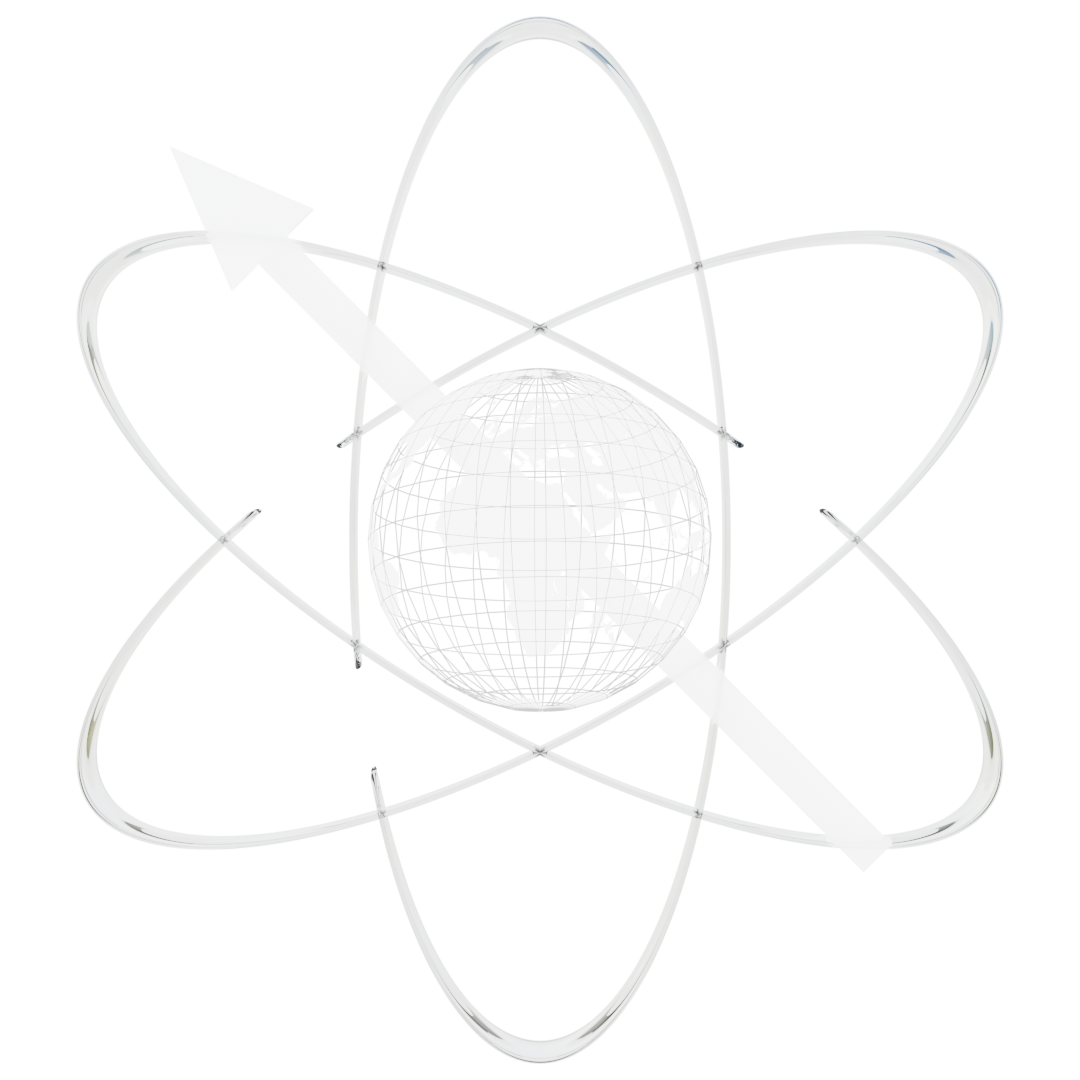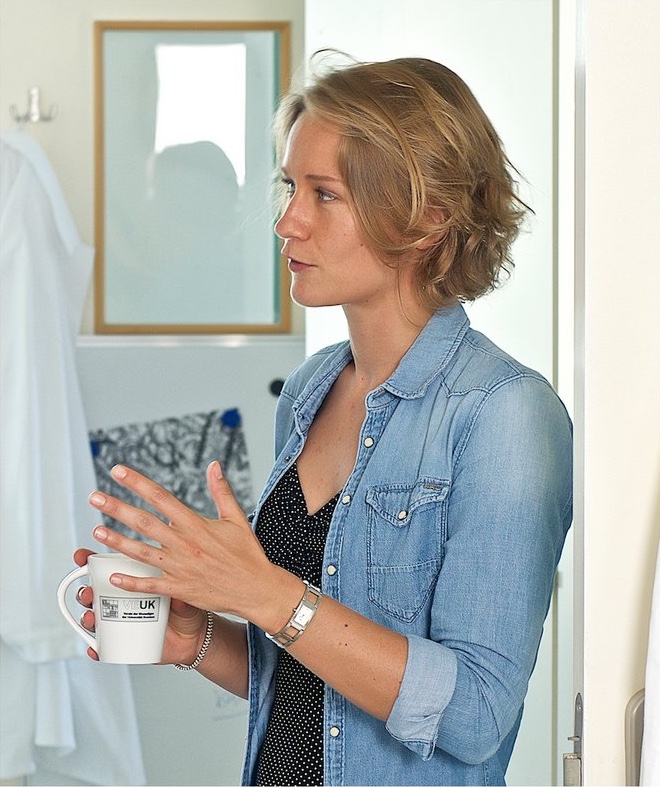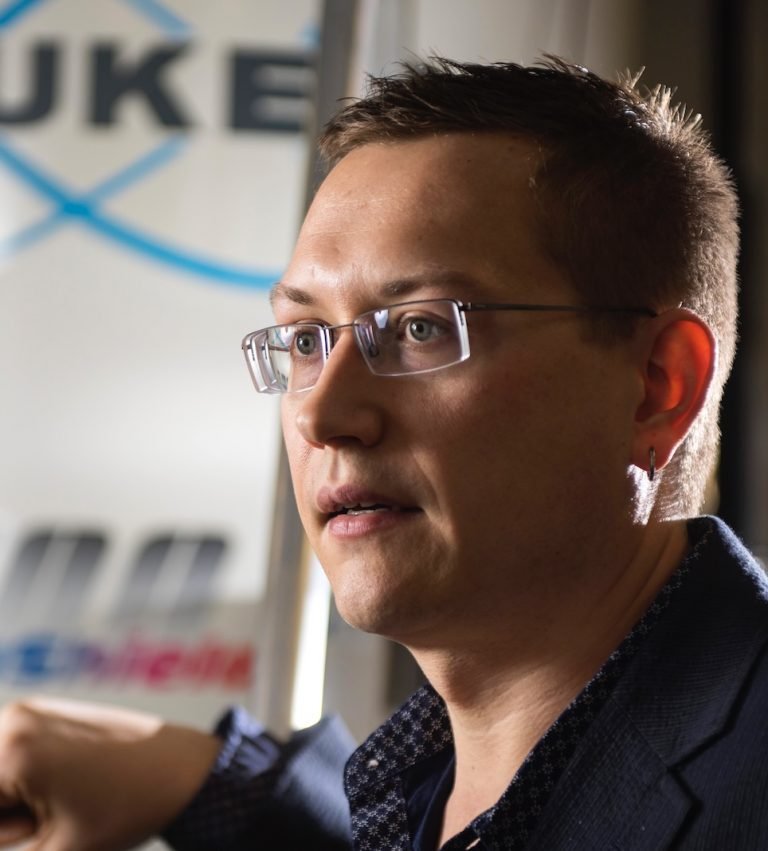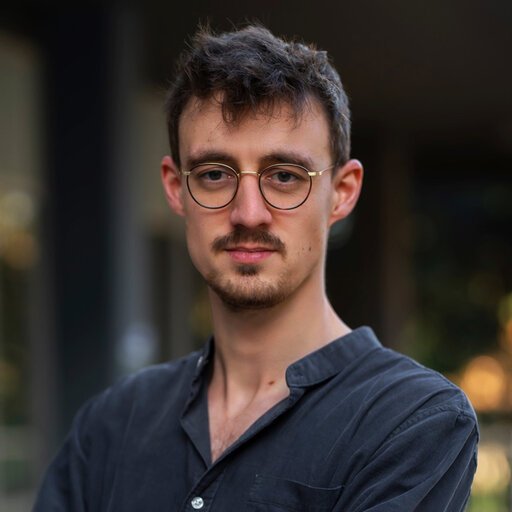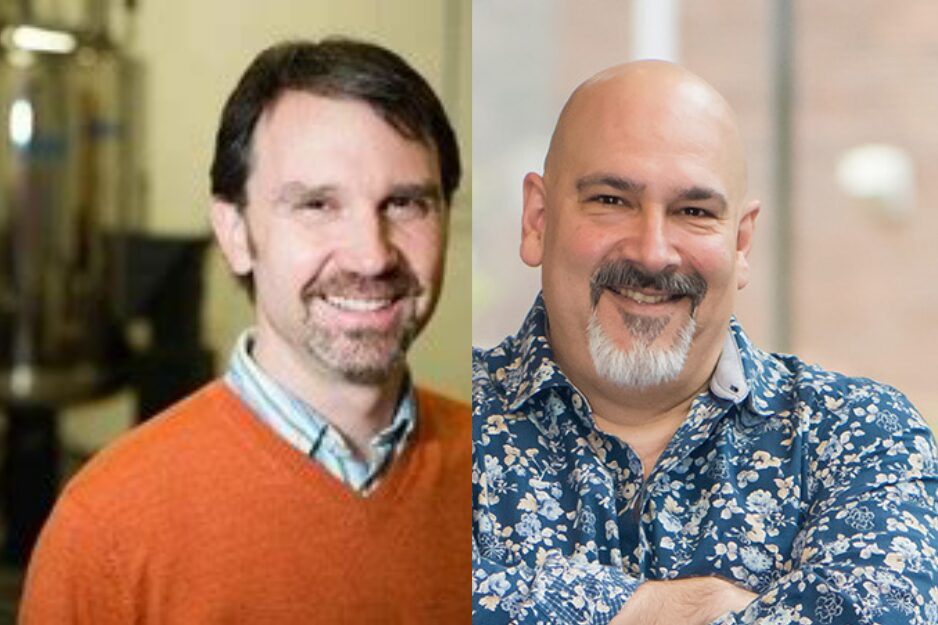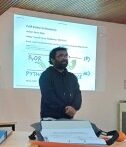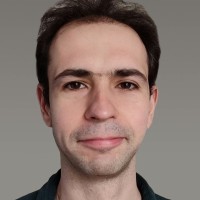Chad Rienstra
Tuesday, March 11, 2025 Magic-Angle Spinning Probes for High and Ultra-High Fields In this talk, I will describe recent progress in the development of custom-designed probes for magic-angle spinning solid-state NMR at 600, 750, 900 and 1100 MHz, including versions with improved sensitivity for 13C and 1H detection and applications to biological macromolecules including microcrystals, […]
